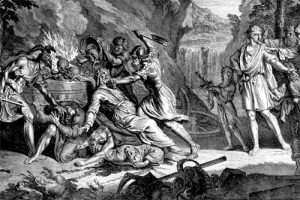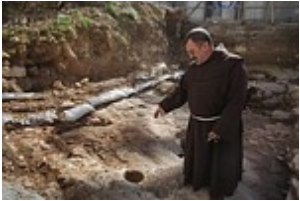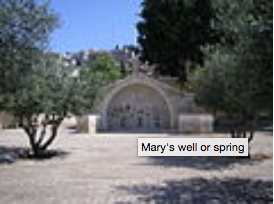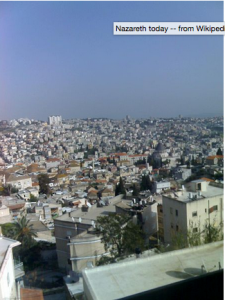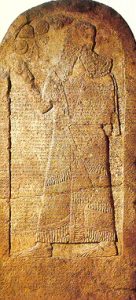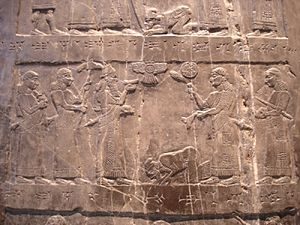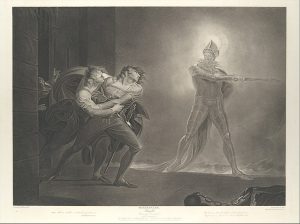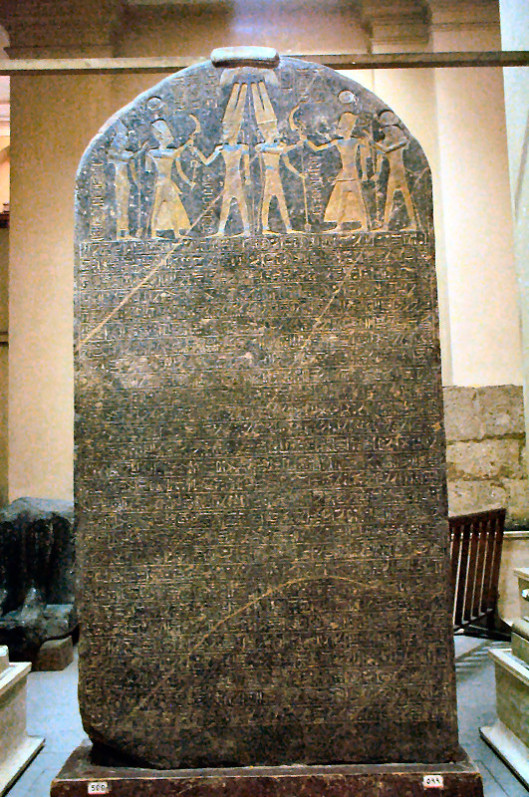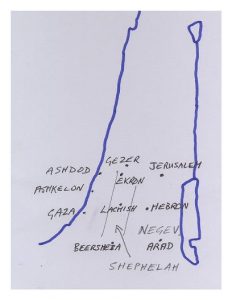Finkelstein and Silberman in their popular The Bible Unearthed assert that the biblical narratives of the conquests of David and the united kingdom of Solomon were fabricated in King Josiah’s time in order to build support for Josiah’s supposed dream of ruling all Israel from Samaria to Jerusalem. This interpretation is built up from two bases:
- the absence of any archaeological evidence for the conquests of David and the united kingdom of Solomon
- the belief that the bulk of biblical literature, in particular Deuteronomy, was composed before Babylon’s conquest of Judah
Unfortunately for Finkelstein’s and Silberman’s argument, there is also a complete absence of archaeological evidence for the biblical story that Josiah removed all the idols from the land, and there is no suggestion in the biblical story that Josiah had any political or military ambitions to unite the former northern kingdom of Israel with Judah under his rule from Jerusalem.
But an interesting thing happens when we do re-read the biblical narrative of David-Solomon and the succeeding kingdoms with the awareness that the story was to a large extent a fabrication, or at least with the awareness that there are no archaeological remains to indicate it really happened as told. Read with this awareness, certain narrative details jump out and tell the astute reader that the author darn well knew he was making it all up.
After having created the mythical reign of Solomon — for which there is no hard evidence in the ground — the author had to somehow bring the story back to something closer to reality as he prepared readers for a tale that took them up to their own day. Look at the fantasy balloon he had to burst:
- a kingdom stretching from the Euphrates to the Nile (1 Kings 4:21);
- a man so renowned the kings from all nations of the earth came to visit Jerusalem (1 Kings 4:34);
- a kingdom of fabulous wealth (1 Kings 10:14-29);
- a king who worthy of inviting the very glory of God to earth (1 Kings 8:10-13);
- 700 wives and 300 porcupines (1 Kings 11:3);
- idyllic peace and harmony — under a king whose name coincidentally meant “peace” (1 Kings 4:25);
- a mathematically and symbolically tidy 40 year reign (1 Kings 11:42).
(It is amusing to read Israel Finkelstein’s observation that it is “the astute reader” who will notice that the story of Solomon is an idealization lying beyond the borders of reality!)
But reading on in the knowledge that there is no historical basis for this fabulous kingdom, one notices the devices the author deploys to explain away his fabrication and inform his readers why no sign of such a kingdom remains to their day.
How to plausibly remove such a widespread and unprecendently wealthy empire from the scene and restore a narrative of a people of more modest dimensions by magnitudes?
Firstly, the northern kingdom that had in reality never been related to a southern kingdom had to be explained as an offshoot from Solomon’s empire. This was done by means of creating a story of an intrigue by one of Solomon’s servants who was also an Ephraimite (northern Israelite).
Secondly, the author brings in an anonymous prophet to make pivotal pronouncements that will tie the beginning of the northern kingdom of Israel with events in its final era.
Thirdly, and most vitally, the narrator brought in the Egyptian armies of Shishak (or Shoshenq 1) to strip the Jerusalem of Solomon’s wealth.
Now it happened in the fifth year of king Rehoboam, that Shishak king of Egypt came up against Jerusalem. And he took away the treasures of the house of the LORD and the treasures of the king’s house; he took away everything. He also took away all the gold shields which Solomon had made. (1 Kings 14:25-26)
It goes without saying that the Egyptian monument commemorating this Pharaoh’s invasion fails to mention Jerusalem, which archaeology informs us was an insignificant village at the time.
But sure this invasion would serve to explain Judah’s poverty status in comparison with the kingdom of Egypt (and explain away the imaginative Solomonic wealth), but the author also had Syria to take care of, too. Syria also had long been known to far surpass Judah as a power. But the author takes care of this detail by having Judah pay out all that was left after Shishak’s plundering:
Then Asa took all the silver and gold that was left of the treasures of the house of the LORD and the treasures of the king’s house, and delivered them into the hand of his servants. And King Asa sent them to Ben-Hadad . . . king of Syria, who dwelt in Damascus, saying, “Let there be a treaty between you and me, as there was between my father and your father. See, I have sent you a present of silver and gold . . . . (1 Kings 15:18-19)
With that double whammy the creator of Solomon’s empire has brought readers back to the diminutive reality of small-time Judah.
But what of Josiah’s kingdom near the time of the fall of Judah to Babylon and the story of the captivity? Here the author/redactor/compiler has saved the best for last.
Even more extensively than Hezekiah before him, Josiah cleanses the land of all traces of worship not endorsed by the Jerusalem Temple and “the law of Moses” — not only in Judah but even from among the cities of Samaria!
4. Then the king commanded Hilkiah the high priest and the priests of the second order and the doorkeepers, to bring out of the temple of the LORD all the vessels that were made for Baal, for Asherah, and for all the host of heaven; and he burned them outside Jerusalem in the fields of the Kidron, and carried their ashes to Bethel.
5. He did away with the idolatrous priests whom the kings of Judah had appointed to burn incense in the high places in the cities of Judah and in the surrounding area of Jerusalem, also those who burned incense to Baal, to the sun and to the moon and to the constellations and to all the host of heaven.
6. He brought out the Asherah from the house of the LORD outside Jerusalem to the brook Kidron, and burned it at the brook Kidron, and ground it to dust, and threw its dust on the graves of the common people.
7. He also broke down the houses of the male cult prostitutes which were in the house of the LORD, where the women were weaving hangings for the Asherah.
8. Then he brought all the priests from the cities of Judah, and defiled the high places where the priests had burned incense, from Geba to Beersheba; and he broke down the high places of the gates which were at the entrance of the gate of Joshua the governor of the city, which were on one’s left at the city gate.
10. He also defiled Topheth, which is in the valley of the son of Hinnom, that no man might make his son or his daughter pass through the fire for Molech.
11. He did away with the horses which the kings of Judah had given to the sun, at the entrance of the house of the LORD, by the chamber of Nathan-melech the official, which was in the precincts; and he burned the chariots of the sun with fire.
12. The altars which were on the roof, the upper chamber of Ahaz, which the kings of Judah had made, and the altars which Manasseh had made in the two courts of the house of the LORD, the king broke down; and he smashed them there and threw their dust into the brook Kidron.
13. The high places which were before Jerusalem, which were on the right of the mount of destruction which Solomon the king of Israel had built for Ashtoreth the abomination of the Sidonians, and for Chemosh the abomination of Moab, and for Milcom the abomination of the sons of Ammon, the king defiled.
14. He broke in pieces the sacred pillars and cut down the Asherim and filled their places with human bones.
15. Furthermore, the altar that was at Bethel and the high place which Jeroboam the son of Nebat, who made Israel sin, had made, even that altar and the high place he broke down. Then he demolished its stones, ground them to dust, and burned the Asherah.
19. Josiah also removed all the houses of the high places which were in the cities of Samaria, which the kings of Israel had made provoking the LORD; and he did to them just as he had done in Bethel.
20. All the priests of the high places who were there he slaughtered on the altars and burned human bones on them; then he returned to Jerusalem.
(2 Kings 23:4-20)
One would expect some evidence of such a total progrom to be uncovered by archaeologists, but no. Albright student William Dever makes this clear in Did God Have a Wife? The first time evidence “from silence” emerges to establish a land free from “idols” is the Persian period. Dever and others concede that there is no evidence for the success of these purported reforms of Josiah.
The author has once again, as he did after creating the fanciful empire of Solomon, bring the story back to realistic dimensions. In this case it was a simple matter of having Josiah killed off in mid-term in battle with the Egyptian Pharaoh Necho, and being succeeded by less worthy progeny who “did evil in the sight of the LORD, according to all that his fathers had done.” (2 Kings 23:37)
He had used the same device in covering up the fancy of Hezekiah’s reforms. In that case the son of good king Hezekiah, Manasseh, acted as “abominably” as all the wicked Canaanites whom Israel had originally replaced in the land (2 Kings 21:2). God was so offended by Manasseh’s return to evil that not even Josiah’s reforms could mollify his anger and determination to wipe out Judah (2 Kings 23:26-27).
Israel Finkelstein reads into 2 Kings 23 some evidence that Josiah sought to expand his kingdom to include the former northern kingdom of Israel. But there is nothing in the text to suggest anything like this. The text of 2 Kings 22 and 23 is entirely about religious reforms. The entire story, from the fortuitous discovery of the Book of the Covenant in the Temple to the application of its orders throughout Israel and Judah is an attempt to establish some historical credibility for a newly written theological treatise, the Book of Deuteronomy.
In my earlier post, Forgery in the Ancient World, I referred to other case/s where a newly concocted text is claimed to be ancient and miraculously discovered in strange circumstances. We all know from the modern case of the Book of Mormon that the practice is still as good as new. So the story of the discovery of the Book of Deuteronomy, and then the soon-to-be-followed failure of its reforms, smacks every bit of an authorial invention that sought establish credibility for a newly introduced text in his own day.
I’ve outlined this argument from Philip Davies in more detail at In Search for Ancient Israel.
Two other details further speak against Israel Finkelstein’s argument that Josiah was attempting a genuine new political and social unification of Israel and Judah:
- One is that it makes absolutely no sense, in my view, for a ruler to attempt to “unite” peoples by clashing head on with their long-held religious customs.
- The other is Thomas Thompson’s argument that there is no clear or indisputable evidence that the peoples/kingdoms of Israel and Judah had at any time before the sixth century b.c.e. had any history or notion of being a united people or administrative entity. There was nothing for Josiah to appeal to. The story in 2 Kings is about justifying a new theological text at the time of the author — nothing more. Simply creating a theological story of David and Solomon (and one which even illustrates the moral theme of Deuteronomy) after the fact could hardly make a difference to “facts on the ground” in the historical time of Josiah.
Like this:
Like Loading...
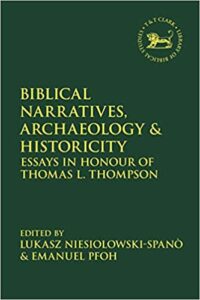 This post is based on Russell Gmirkin’s chapter, “‘Solomon’ (Shalmaneser III) and the Emergence of Judah as an Independent Kingdom”, in the Thomas L. Thompson festschrift, Biblical Narratives, Archaeology and Historicity. All posts addressing the same volume are archived here.
This post is based on Russell Gmirkin’s chapter, “‘Solomon’ (Shalmaneser III) and the Emergence of Judah as an Independent Kingdom”, in the Thomas L. Thompson festschrift, Biblical Narratives, Archaeology and Historicity. All posts addressing the same volume are archived here.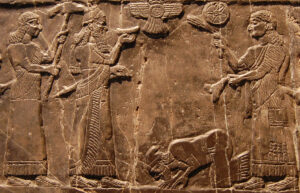

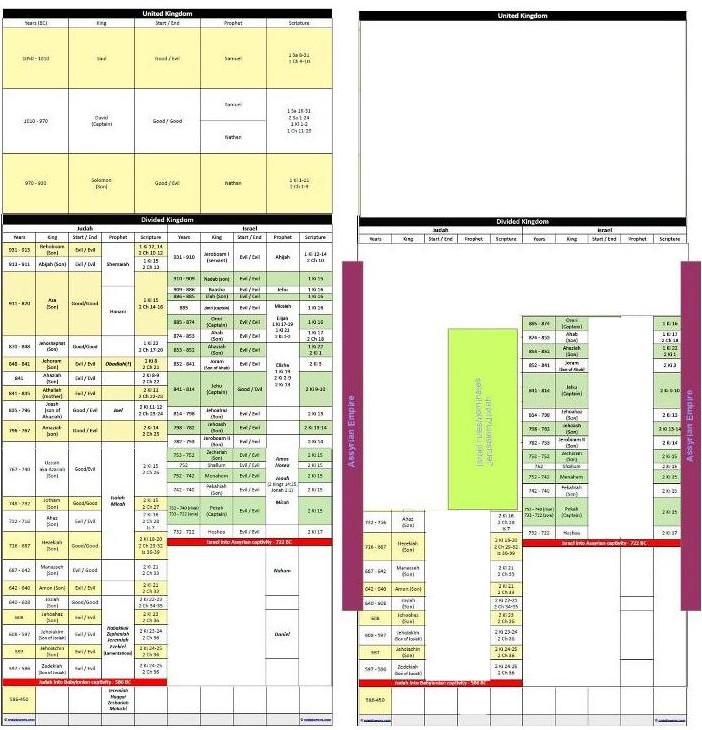
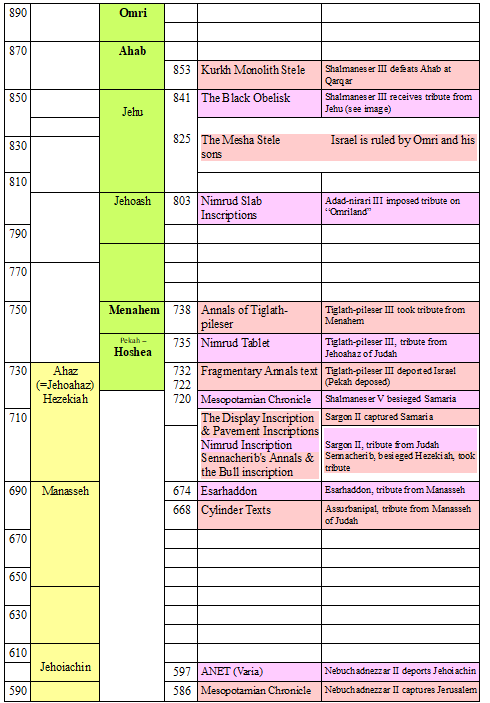
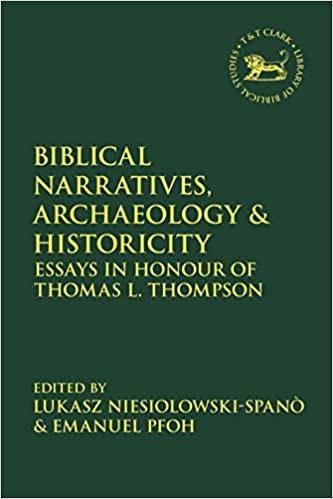
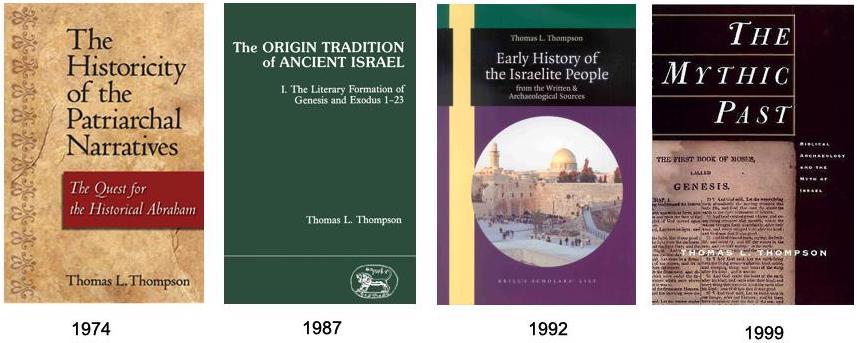
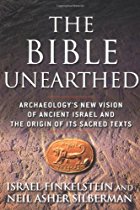 Two archaeologists, one Israeli (Israel Finkelstein) and one American (Neil Asher Silberman), have bizarrely managed to repackage a Taliban-like ancient biblical legal code into a modern enlightened expression of human rights, human liberation and social equality.
Two archaeologists, one Israeli (Israel Finkelstein) and one American (Neil Asher Silberman), have bizarrely managed to repackage a Taliban-like ancient biblical legal code into a modern enlightened expression of human rights, human liberation and social equality.